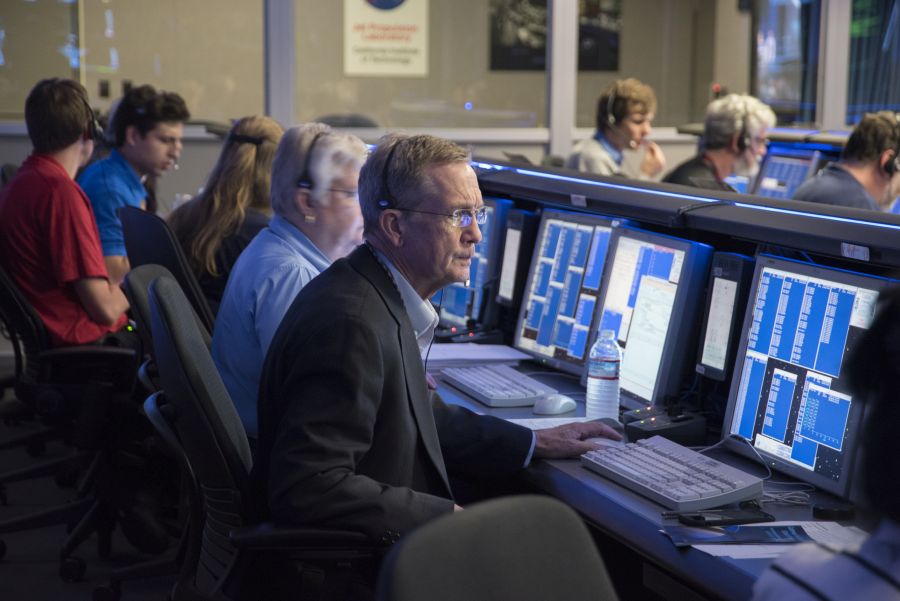Scientists are puzzled by Cassini’s findings close to Saturn
NASA’s Cassini spacecraft successfully plunged between Saturn and its rings in the first of its ‘Grand Finale’ orbits, but scientists are puzzled by what it found.
NASA says that based on data Cassini collected during its first dive through the region on April 26, the region appears to be relatively dust-free.
“The region between the rings and Saturn is ‘the big empty,’ apparently. Cassini will stay the course, while the scientists work on the mystery of why the dust level is much lower than expected,” Cassini Project Manager Earl Maize of NASA’s Jet Propulsion Laboratory in Pasadena, California, said.

The Radio and Plasma Wave Science (RPWS) instrument on the CAssini spacecraft detected the hits of hundreds of ring particles per second when it crossed the ring plane just outside of Saturn‘s main rings, but only detected a few pings on April 26. When RPWS data are converted to an audio format, dust particles hitting the instrument’s antennas sound like pops and cracks, covering up the usual whistles and squeaks of waves in the charged particle environment that the instrument is designed to detect.
The RPWS team expected to hear a lot of pops and cracks on crossing the ring plane inside the gap, but instead, the whistles and squeaks came through surprisingly clearly.
“It was a bit disorienting — we weren’t hearing what we expected to hear. I’ve listened to our data from the first dive several times and I can probably count on my hands the number of dust particle impacts I hear,” William Kurth, RPWS team lead at the University of Iowa, Iowa City, said.
During its next orbit, in advance of the crossing, Cassini’s cameras have been looking closely at the rings; in addition, the spacecraft has rotated (or “rolled”) faster than engineers have ever allowed it to before, in order to calibrate the magnetometer. As with the first finale dive, Cassini will be out of contact during closest approach to Saturn, and is scheduled to transmit data from this dive on May 3.